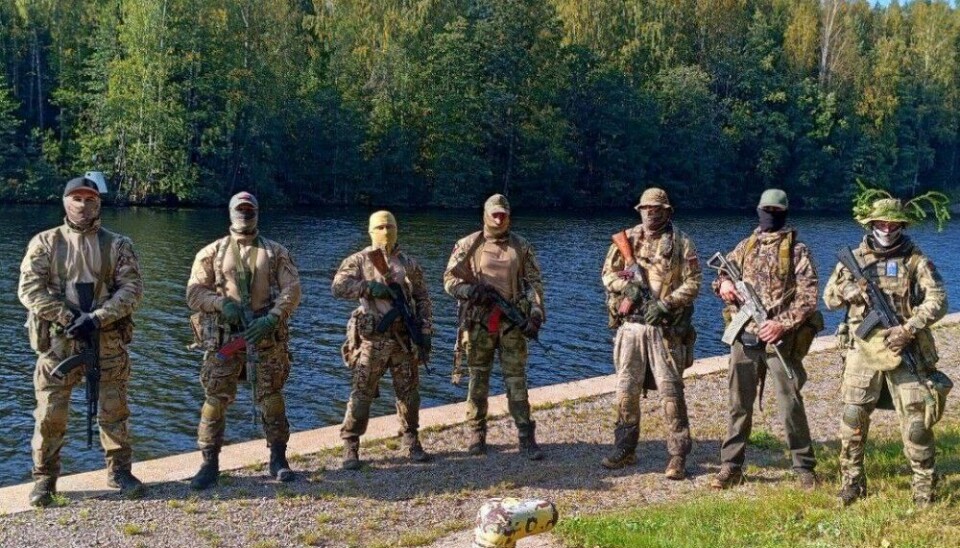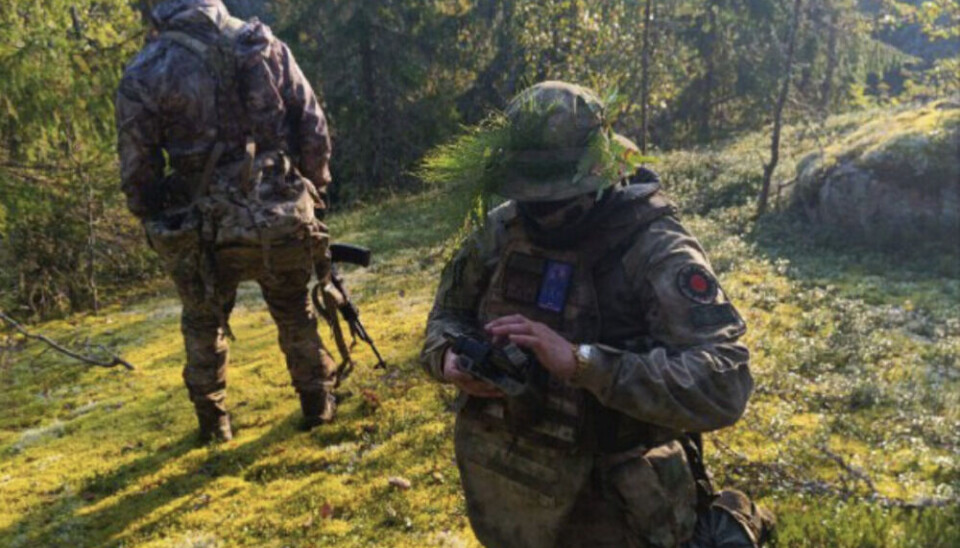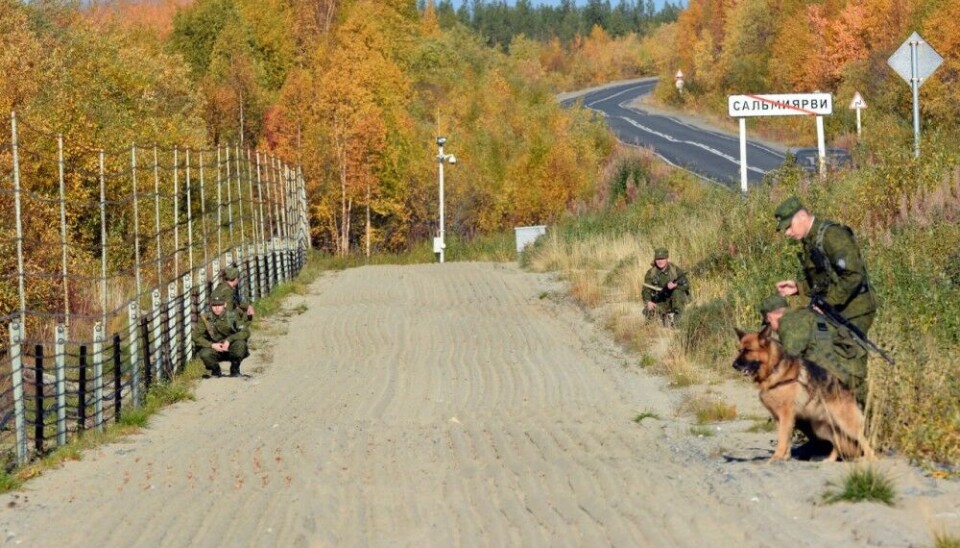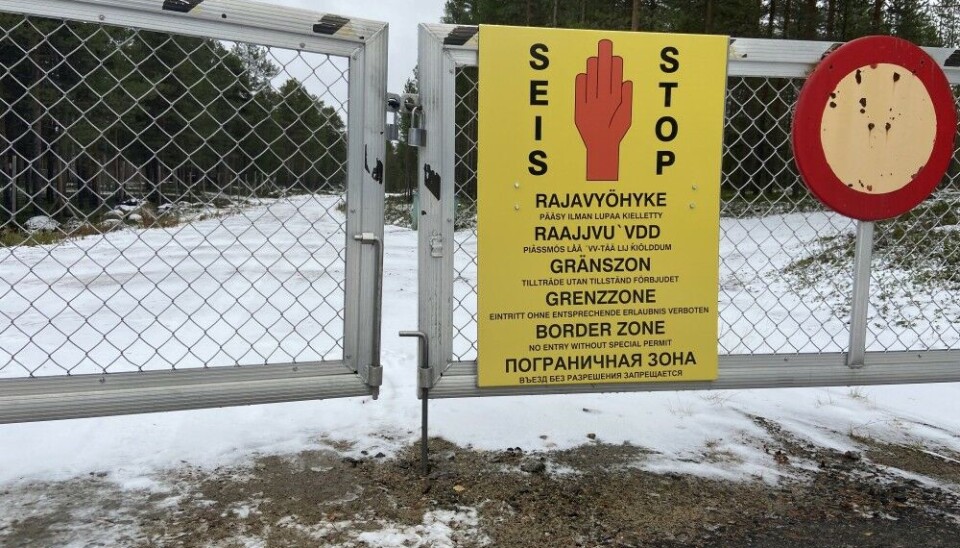
Neo-Nazi mercenaries to help FSB guard border with Finland
The terrifying Russian far-right and neo-Nazi paramilitary ‘Rusich Group’ claims it has entered an official agreement with FSB Border Service to conduct intelligence activities and strengthen the border with Finland.
The Rusich Group, or Diversionno-shturmovaya razvedyvatel’naya gruppa (DShRG), origins out of bizarre underground neo-Nazis in St. Petersburg and first took active part in war-like combat as a volunteer battalion in Russian controlled Donbas region in 2014.
Since the full-scale war on Ukraine, members of the group have been linked to the Wagner Group of paramilitary forces on the battlefield.
Now, the group announces on Telegram it has made an official agreement with FSB Border Service to engage in reconnaissance to strengthen the border with Finland.
DShRG Rusich officially entered into cooperation with the FSB Border Service on the state border of Russia to exchange experience, conduct intelligence activities and strengthen the border with Finland, the announcement reads.
Russia shares a 1,340 kilometer long land-border with Finland, from the Gulf of Finland in the south to the Kola Peninsula in the north.
FSB Border Guard Service in charge of the northwestern district of Karelia and Murmansk, based in Petrozavodsk, could not be reached for comments. FSB has stopped answering requests by phone or email from the Barents Observer.
The border is currently closed for people to cross after FSB last winter pushed thousands of migrants into Schengen-Europe through Finnish crossing points. Helsinki made clear that the border will remain closed as long as Moscow doesn’t assure a stop to orchestrating such hybrid operation.
The Rusich Group is known for its extremely cruel methods of warcrimes against prisoner of war (POW). The group has called on Ukrainian POWs to be executed. Videos of torture and executions are posted on the internet.
Its neo-Nazi hateful ideology is based on a mixture of Slavic and Viking paganism, Russian nationalism, patriotism and Nazism.
One of the group leaders is Jan Petrovsky (also known under his new name Voislav Torden). He is a former resident of Norway as his mother in 2004 married a Norwegian. He was seen patrolling streets in Norway in team with Soldiers of Odin and was involved in the neo-Nazi Nordic Resistance Movement.
After fighting in Donbas since 2014 and seen with Rusich Group in St. Petersburg, Petrovsky was in July 2023 suddenly arrested by Finnish police at the airport in Helsinki. Kyiv wanted extradition, but Finland’s Supreme Court rejected the request, Helsingin Sanomat reported.

Supporting pan-Scandinavian, pan-Slavic ideas, group members carry old runes symbols, like the old-Viking Tiwaz and the eight-rayed Kolovrat, knowns as the Slavic swastika. This is also the symbol the group brands its Telegram channel with. Rusich Group has allegedly recruited far-right supporters from a number of European countries, including Finland.
The mercenaries are armed with automatic rifles and several of the photos posted on Telegram show other weaponry, like hand grenades, sniper rifles, machine guns and what appeared to be hand-made explosives.
FSB Border Service is a branch of the FSB, tasked to patrol Russia’s external borders.
Like Finland, also Russia has a no-go border zone where civilians are not allowed in without special permit. Russia, though, has this border zone fenced off with barbed wire fence all along the border from the Barents Sea in the north to the Baltics in the south.

In Soviet times, the border guard service was part of NKVD, later KGB. With the collapse of the Soviet Union, Russia’s first President Boris Yeltsin removed the border guards from the intelligence and created a separate government agency, the Federal Border Service of Russia, in 1993. Ten years later, in 2003, Vladimir Putin changed the status back and places the border guards directly as a branch of FSB.
On request from Helsinki, the European Border and Coast Guard Agency Frontex last year deployed guards to help Finland monitor its eastern border.

















